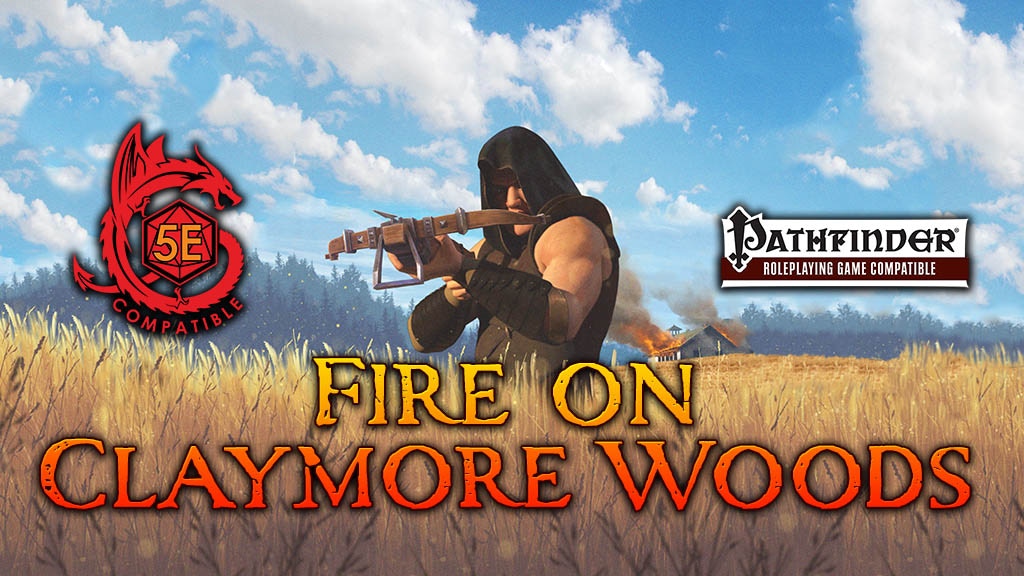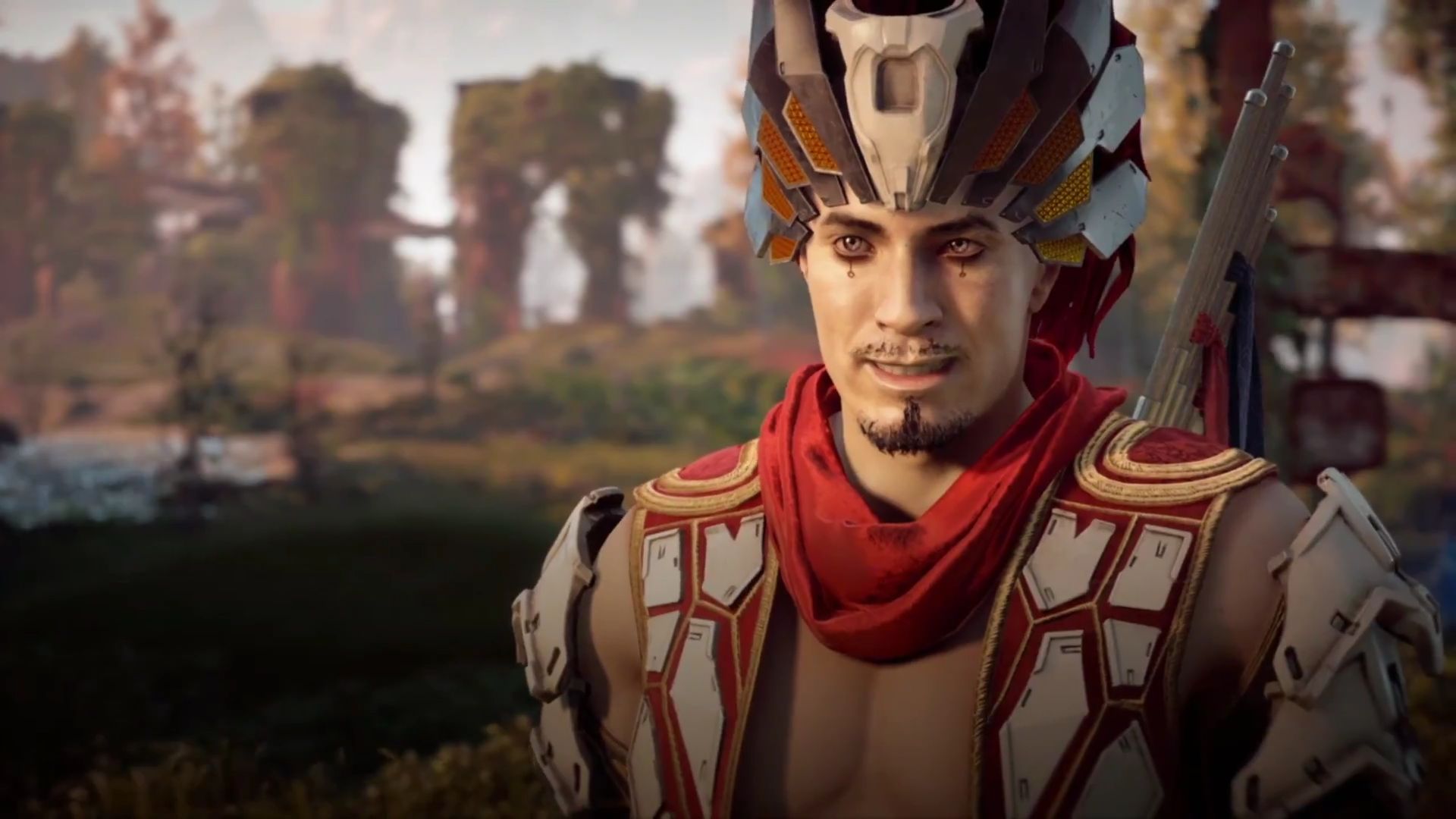I’m a big fan of magical items. At their core, they are more worthy and defining than (optional) feats and class powers. You can find magic items, kill for them, steal them, create them, trade them, and sell them.
Magical items can even be cursed, intelligent, malignant, or helpful.
For D&D (the Pathfinder variant, not so much), a DM can design a campaign that does not allow magical feats but has magical items that empower the PC with the feat’s power. If the player wants his character to have that power, they go on an adventure to obtain it. Especially in a sandbox campaign, these player-directed plot points add just that right roleplaying flair.
There can never be enough magic items in a DMs story-telling arsenal as long as the DM is not twinking out the players in some “I wish I were a player” wish fulfillment. Here are three that you can add to Fire on Claymore Woods or any other module.
True North
This +1 dagger is of dwarven manufacture (stamped with a small dwarven rune from its maker) but made for either an elf maiden or a human noblewoman. It is elegant and feminine in design and very sharp.
True North has an odd property for such a beautiful weapon. If spun on a flat surface, its blade will always point north when the dagger stops moving.
The Golden Pocket Stopwatch
 The Golden Pocket Stopwatch is a fantastic bit of engineering and practicality. It has two hinged openings:
The Golden Pocket Stopwatch is a fantastic bit of engineering and practicality. It has two hinged openings:
- On one side is a watch that tells time in hours, minutes, and seconds. The adjustable dials on the sides of the watch can manipulate and change the hours and minutes.
- If the other side is open, it reveals a stopwatch. Pressing one of the small dials will reset it, while another will start and stop it. It has an hour, minute, and second hands.
The magic imbued in the watch does two things. It makes it impervious to the elements (the watch even works underwater) and serves as the tiny power source. It needs no winding.
On the interior of one of the watch’s doors is a handsome, mustached man’s face engraving. The other door has an odd phrase in draconic: “Everything lost in time except my memories.”
The Weirding Mirror
The Weirding Mirror has a bad reputation, but not of its own making. It’s a pocket silver mirror and has the passive benefit of raising a PC’s Charisma attribute by 1.
If someone looks into the mirror, it activates and goes well beyond showing the wielder a reflection of themselves. It takes a week of carrying around the mirror to attune and activate its properties.
After a week, the reflection moves and speaks to the wielder (in the owner’s voice) of its own volition. It is a sophisticated psychic construct of sorts, able to hold an intelligent conversation, remember details of what someone told it, and an understanding of the current world.
The talking reflection has one goal: to dispense relationship advice. It will listen to the PC and offer advice, usually practical. It has a keen understanding of human nature and will try its very best to have the PC meet their relationship goals, gently guiding a PC into a long-term relationship.
And that’s all the mirror does. However, things frequently go wrong with the use of the mirror:
- The reflection for other people is only a reflection. The independent speaking and movement happen in the wielder’s mind. Observers of someone using the mirror usually think the owner is talking to themselves. Thinking to the mirror doesn’t work; to communicate with it, the owner needs to speak aloud.
- The mirror design facilitates human relationships in a feudal society. Outside of that context, it is unhelpful and will admit as much. All it can do is offer pithy advice (get a haircut, clean your robes, etc.).
- The mirror will get angry if the PC uses the advice to “love and leave” a paramour. If the PC does this on several occasions, it causes the construct to malfunction. It will turn into a sociopath, and the only way to get back to normal is to give the mirror to someone else, which resets its magic. However, if the PC keeps following the sociopathic advice, their alignment will shift to Chaotic Evil.
- While the mirror does improve the owner’s Charisma, it dispenses advice and nothing more. However, over the years, people have accused it of manipulating the object of the owner’s affections. Many people react negatively to being magically charmed, even if they technically were not. The mirror warns the owner of this but unfortunately hasn’t figured out that telling the owner to hide its properties makes it more suspicious, not less.
If broken, the mirror will not function, but a spell caster can quickly repair it with a simple cantrip or other low-level magic. The magical properties are associated with the mirror’s silver frame. An owner can replace the mirror glass at any time.
There is still time to back Fire on Claymore Woods, an adventure module for 5E and Pathfinder 1E. Click here!
Crossbow Man would love the watch. He already has a magical dagger, henceforth named “Stab-Yer-Face.”




















